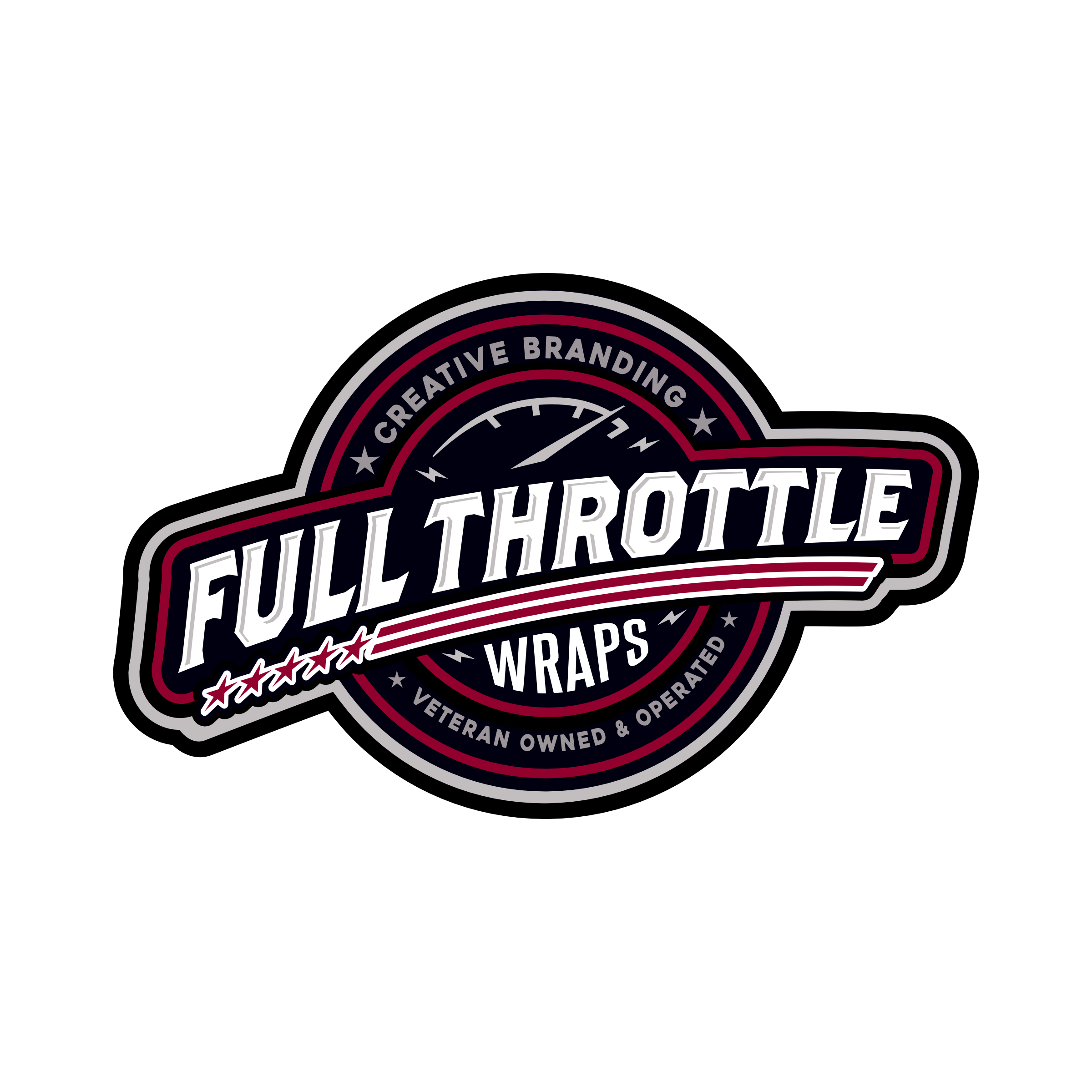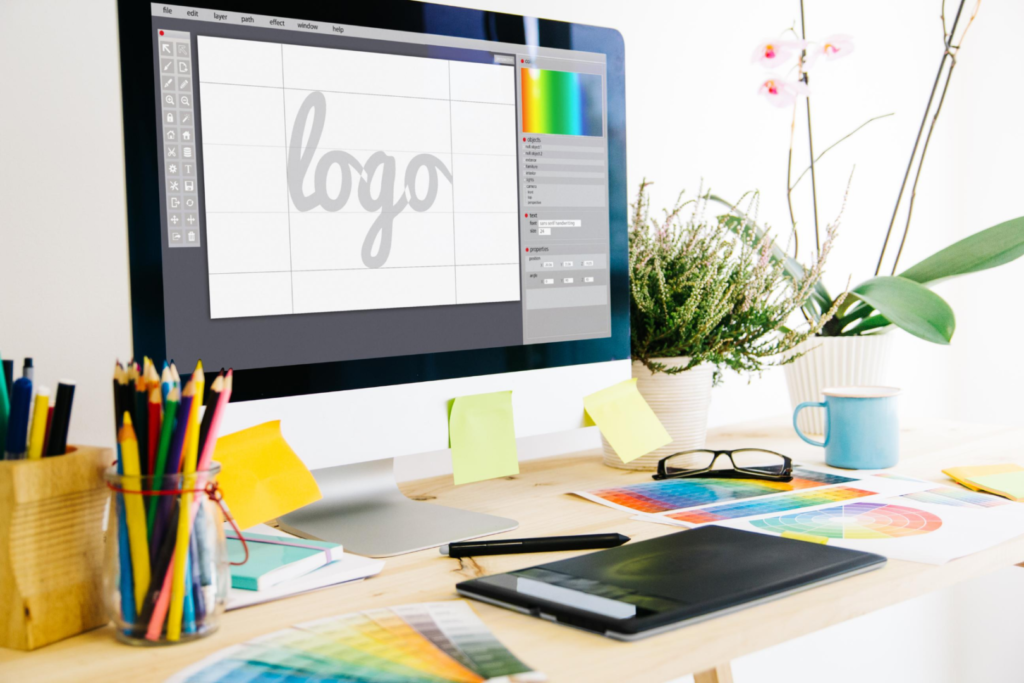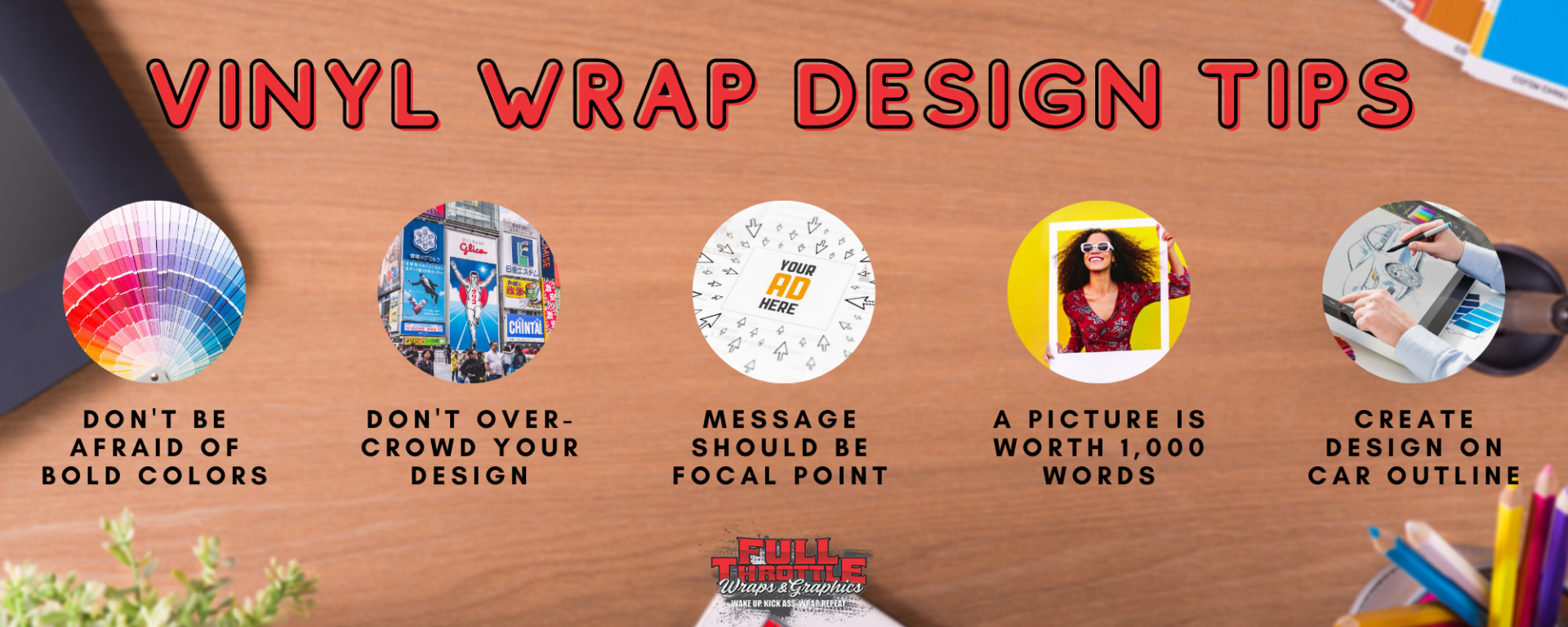In our last blog post, we took an in-depth look at the different types of vinyl films and which one was better suited for a vinyl wrap. Today, we’re going to dive into the design portion and give you an inside look at the different types of graphics we use to create kickass boat and truck wrap designs.
What is a Vector Graphic?
You might have a flashback to your high school math classes — scary, right?! — when you hear the word “vector.” If you do, you’re on the right track!
Vector graphics are a combination of straight lines, curved lines, geographical shapes, and points that are based on mathematical equations. Although the computer program, thankfully, does all the math for you, it’s important to understand the nitty-gritty details of what constitutes a vector graphic to understand its functionality and benefits.
Due to their composition, vector graphics are flexible, meaning they can easily be reshaped and resized without losing their quality. This is extremely important in the vinyl wrapping industry, where images are blown up to cover an entire vehicle body.
Some examples of vector graphics include logos and computer illustrations.
What is a Raster Graphic?
This is the type of image most people are familiar with, even if they do not know it.
Raster graphics are made up of thousands, millions, or billions of tiny squares called pixels, each of which represents a specific shade of color. When combined on a grid or matrix, also known as a bitmap, these pixels create a coherent image or photo.
Working with raster graphics has its ups and downs. On the one hand, raster images can be far more complex and rich in detail than simple vector graphics; this is due to the fact that each pixel holds a different color, as mentioned earlier. On the other hand, it’s difficult (but not impossible!) to enlarge raster images without image degradation.
To make this easier to visualize, think about a time when you have zoomed in to a photo so much that it became blurry. As you zoom in, you enlarge each pixel in the photo. Eventually, the pixels will become large enough to be visible to the naked eye.
However, advanced technology allows graphic designers to “blow up a photo” and maintain its beautiful quality. You just need a computer powerful enough to hold huge file sizes.
Which One is the Winner?
Like most things in life, there’s no such thing as one-size-fits-all. The type of graphic used depends on your vinyl wrap needs.
Vector graphics are the clear winner for most, but not all, logos, contact information signage, and computer prints. Raster graphics are better suited for realistic wraps and complex designs.
How Can You Create a Good Vinyl Wrap Design?
If you would like to be part of the design process, we invite you to follow along! Here are our tips for creating a good vinyl wrap design.
To learn more about car graphics or to schedule an appointment for your very own vehicle vinyl wrap at our Oxford car shop, contact us today!



